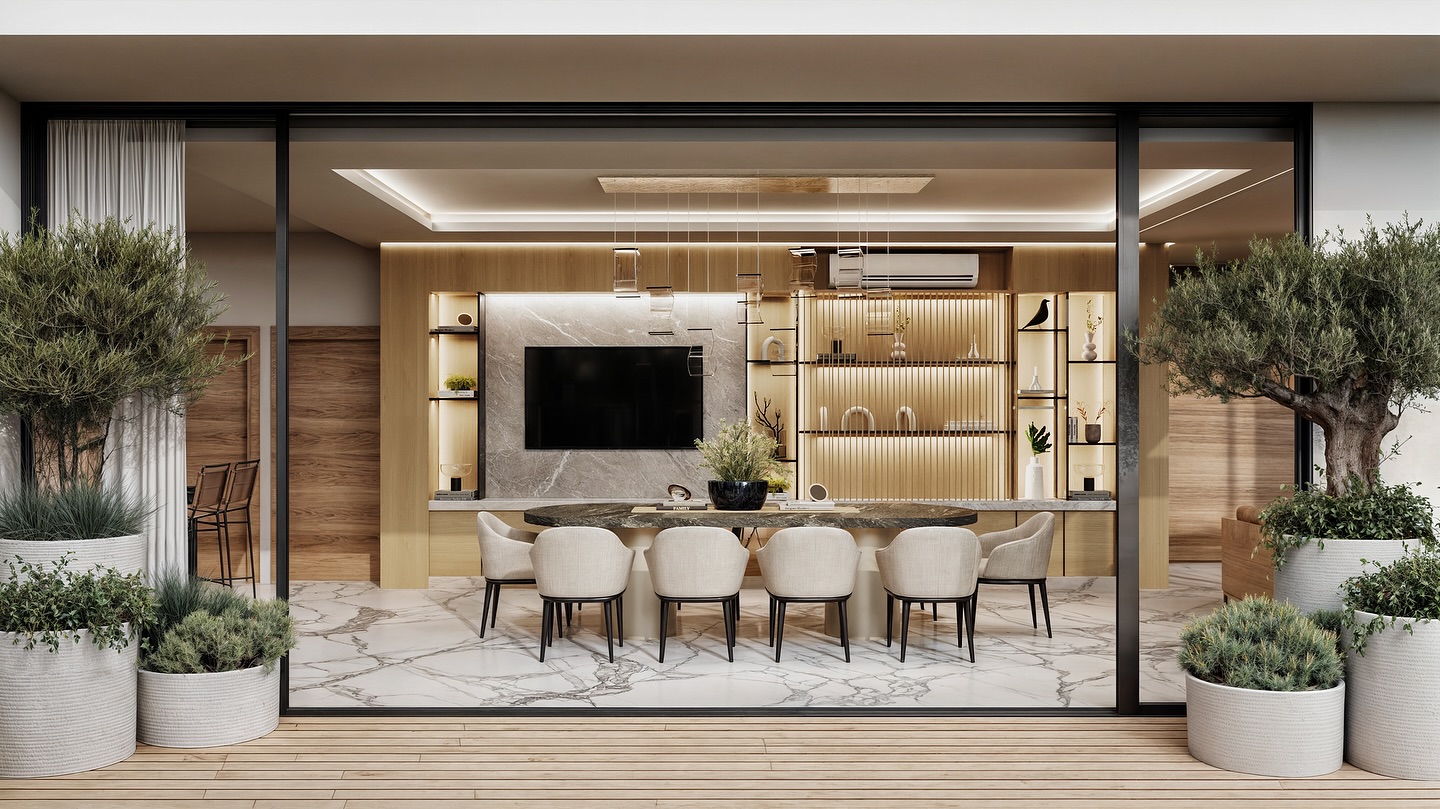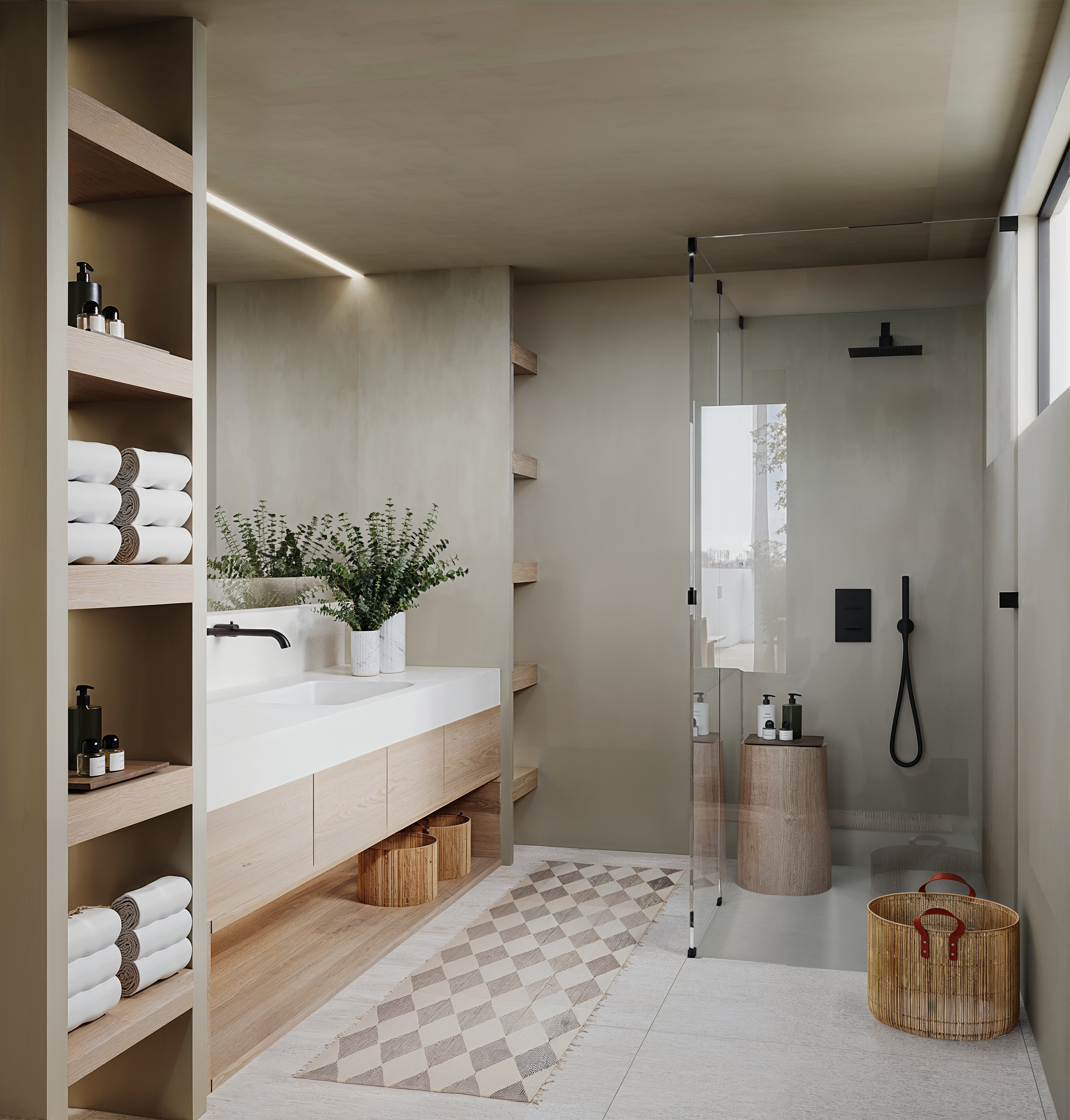A Complete Guide to the Most Common 3D Rendering Processes

3D rendering has become an essential part of design, architecture, and marketing in today’s visually driven world. Whether you're presenting a real estate development, showcasing a product, or simulating a concept, a professional 3D rendering can make your vision clear and compelling. But what exactly happens behind the scenes of a great rendering?
At Ambar Estudio, we specialize in turning abstract ideas into photorealistic visuals using well-defined rendering processes. Our team blends artistry with technical skill to deliver high-impact visuals that inform, persuade, and inspire. Here's a breakdown of the most common 3D rendering steps we follow to ensure exceptional results every time.
1. Concept & Reference Gathering
Every successful rendering starts with a solid understanding of the project’s vision. We begin by collecting reference materials—photos, blueprints, sketches, CAD files, or mood boards. This phase is crucial for aligning expectations and defining the level of detail, lighting, mood, and perspective required.
Ambar Estudio works closely with clients during this phase to establish creative direction and clarify functional goals, whether the rendering is meant for marketing, client approval, or technical evaluation.
2. 3D Modeling
Using tools like Blender, 3ds Max, or SketchUp, we construct detailed 3D models of buildings, interiors, products, or environments. Accuracy is key—especially in architectural visualization—so we ensure measurements and proportions align with real-world specs or CAD imports.
At this stage, we focus on the structure and form. Details such as furniture, landscaping, or equipment are added gradually based on the project's complexity.
3. Materials & Texturing
Once the 3D geometry is finalized, we assign materials to each object—wood, glass, metal, concrete, fabric, and more. Our artists use texture maps and high-resolution surface scans to simulate realistic appearances and imperfections like scratches, grain, or roughness.
Ambar Estudio maintains a growing library of physically accurate textures and procedural shaders to ensure that our renders feel tangible and true to life.
4. Lighting Setup
Lighting is what brings a scene to life. Whether it’s natural daylight, artificial spotlights, or HDR-based environmental lighting, we simulate real-world lighting conditions to evoke emotion and depth. Proper lighting enhances realism and highlights key features of the design.
We also consider shadow softness, reflections, and bounce light behavior to create visually balanced compositions that draw the eye to focal areas.
5. Rendering
This is where computation meets creativity. Our rendering engine (like V-Ray, Cycles, or Corona) processes the scene with all geometry, lighting, and material data to generate high-resolution images. We adjust render settings for quality, resolution, anti-aliasing, and noise levels depending on the project's needs.
At Ambar Estudio, we also optimize rendering performance using render farms or GPU acceleration when needed to meet deadlines without sacrificing quality.
6. Post-Production
Finally, we enhance the raw renders in post-production. This step may include adjusting brightness/contrast, correcting colors, adding effects like depth of field or bloom, and overlaying branding elements.
Post-production is often where the magic happens—where good renders become unforgettable presentations. We use tools like Photoshop or After Effects to fine-tune visuals for both digital and print formats.
Why Choose Ambar Estudio for 3D Rendering
At Ambar Estudio, 3D rendering is more than just a service—it’s a creative process rooted in strategy, communication, and technical mastery. We collaborate with architects, real estate developers, product designers, and creative agencies to deliver custom visuals that truly elevate a project's impact.
Whether you need a single high-end image or an entire series of architectural renders, we tailor each workflow to your goals. Let us help you bring your next big idea to life—with clarity, creativity, and precision.
Written by Rafael Arredondo
Ambar Estudio Team
Related Articles


